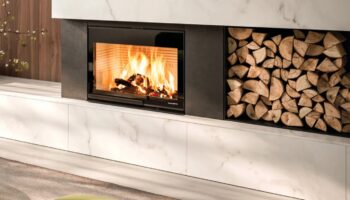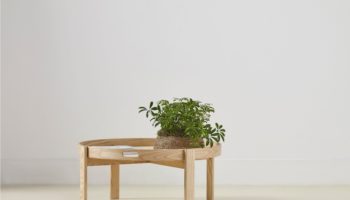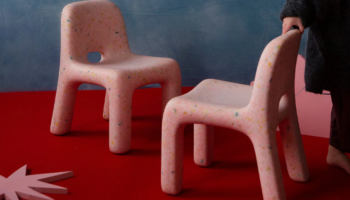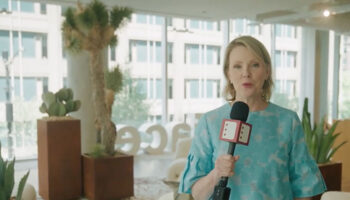New Zealand Landscape Inspires Turnbridge to Create Cultural Design
Ever notice that when you become aware of something, it shows up everywhere? A few days ago I wrote about designers whose ideas are sparked by nature, noting that the organic origin of the products aren’t always discernible. New Zealand designer David Trubridge includes a video on his website whose diligent editing makes the connection between his designs and their environmental inspiration crystal clear. We see how a field of flax moving in the wind translates into a pendant lamp, and how ocean sponges become the impetus for a hanging lamp.
Coral Light. Designed by David Trubridge Design.
Turnbridge is serious about his source of inspiration, associating his surroundings with a connection to the land and to its culture. Referred to as “the cultural designer,” Turnbridge believes that eco-design is not enough. Good design must “allow enough for everyone for ever, IN A WAY THAT NOURISHES US CULTURALLY AND SPIRITUALLY.” He wants to use the objects we surround ourselves with as reminders of the world and communities we live in. Meaningful design will lead to sustainable design.
His Lighting Set 1 takes its cues from the island landscape of New Zealand. Flax, for instance, uses crossed strips of bamboo plywood to recreate the movement of the plant. Form definitely follows function with this product: you can hang it either vertically or horizontally from its stainless steel rigging wire, so it’s as changeable as the originating organism. Coral, available in natural or caramel bamboo plywood or anodized aluminum, is a globe light you construct from a kit. The hanging orb filters light in creative ways, like the play of shifting shadows across New Zealand grasses or waves. Swish, a table or hanging lamp, looks like rippling water. It is also made of bamboo plywood. The entire Lighting Set 1 reconnects you with nature, using materials and shapes to recall the four elements. Ideally, bringing these organic objects inside should remind you of all that is contained outside.






Leave a Reply